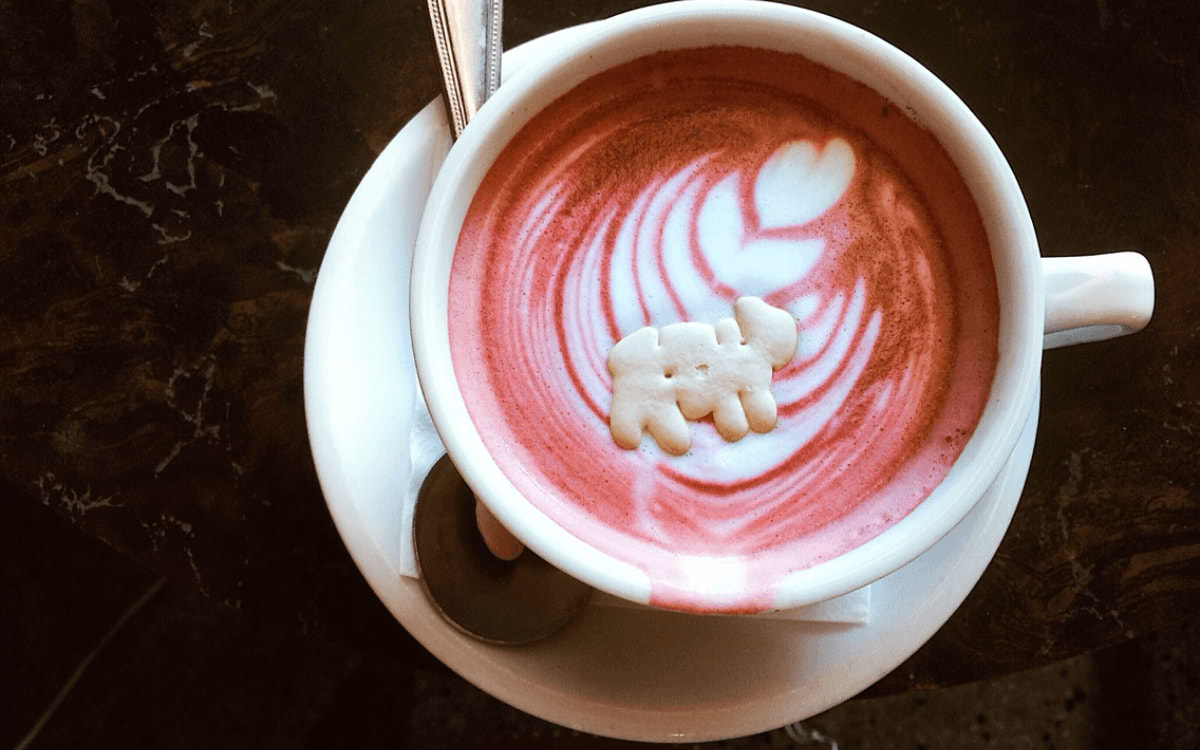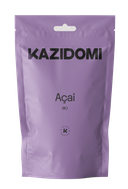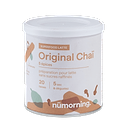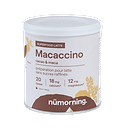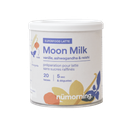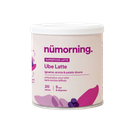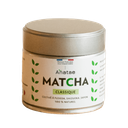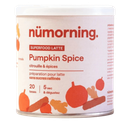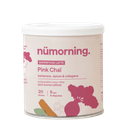Impossible to miss this intense purple shade that colors lattes, ice creams, and pastries on Instagram. Behind this visual trend lies a traditional ingredient from Southeast Asia: ube, or Dioscorea alata. But beyond appearances, what exactly is ube? What’s its history, and how is it used today?
A Root from the Philippines
Ube, pronounced “oo-beh,” is a variety of purple yam cultivated mainly in the Philippines and other tropical parts of Asia. It should not be confused with taro or purple sweet potatoes, which may look similar. Ube stands out for its vibrant deep purple color, dense and slightly moist texture, and naturally sweet flavor with hints of vanilla and hazelnut.
A Star Ingredient in Filipino Cuisine
For generations, ube has been a staple in local Filipino desserts. The most iconic recipe is ube halaya, a thick jam made by slowly cooking grated ube with milk and sugar. It’s also found in halo-halo, a traditional shaved ice dessert, or as a filling in sweet breads, steamed cakes (puto), and custards.
Once mostly confined to local traditions, ube has gained popularity in Filipino communities abroad and is now making its mark on the global culinary scene.
A Favorite of Chefs and Content Creators
In recent months, ube has become a trendy ingredient in modern cooking, largely thanks to its stunning color — perfect for visual content. Chefs are drawn to it as a natural, plant-based alternative to add color and flavor to their creations.
Its sweet, vanilla-like flavor makes it extremely versatile: ube works just as well in sweet recipes (cakes, ice creams, mousses, custards…) as in some reinvented savory dishes.
Where to Find Ube in Europe?
While fresh ube is still rare outside of Asian specialty markets, it’s more commonly available in Europe as powdered or pre-cooked purée. These formats are shelf-stable, convenient, and easy to incorporate into homemade recipes.
You can now enjoy ube in:
- Purple lattes, often made with plant-based milk and ube powder
- Pastry creations like cupcakes, cheesecakes, pancakes, or muffins
- Plant-based ice creams and desserts free from artificial colorants
- Drink and porridge blends sold by organic and specialty stores, like the Nümorning version available on our e-shop
Conclusion
Rooted in Filipino culinary tradition, ube has become a cultural, visual, and creative ingredient. While its color drew attention, its natural sweetness and versatility keep it relevant in modern kitchens. Whether you're experimenting with desserts or simply brightening your latte, ube is a root with a rich story to tell.
